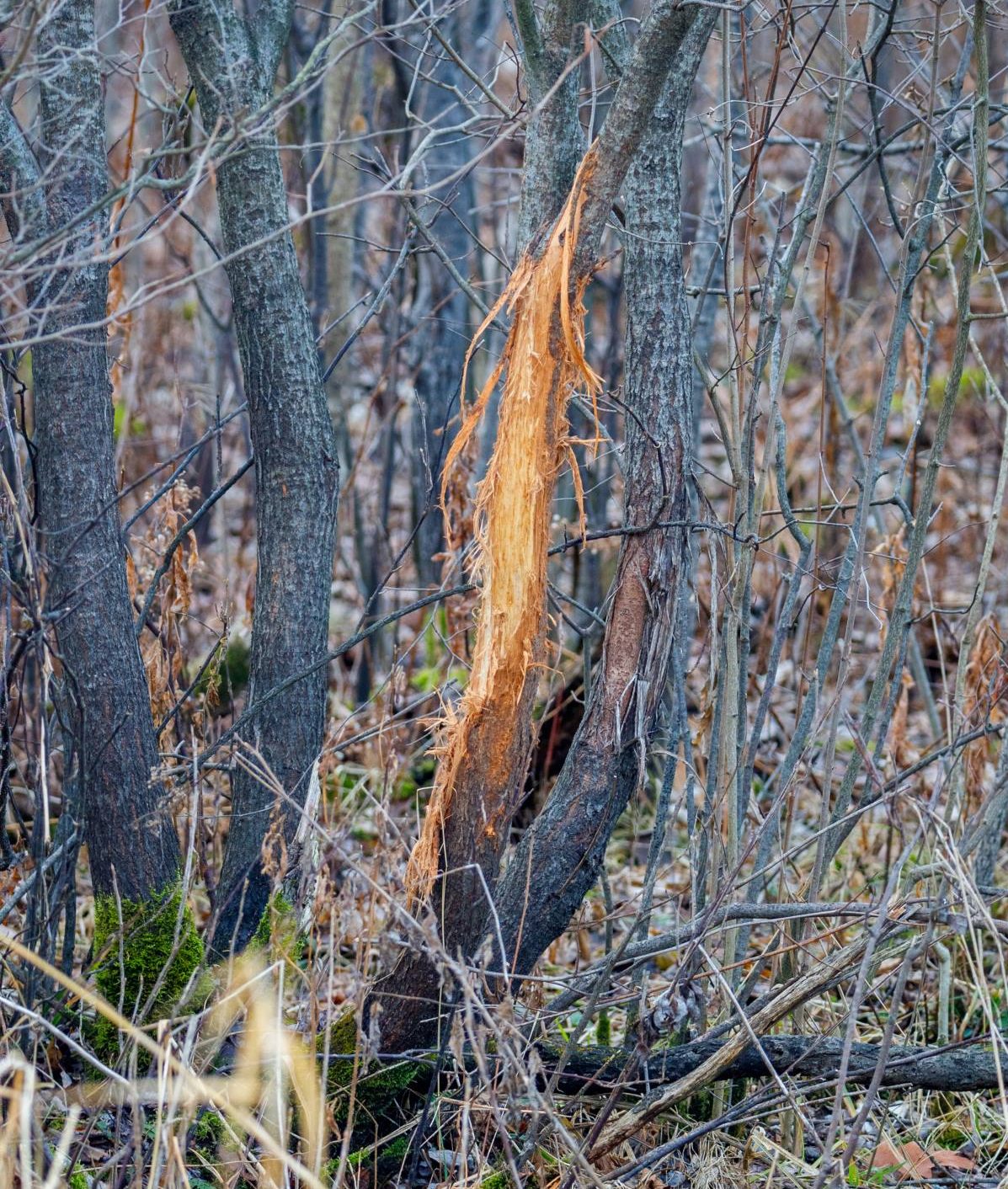Leveraging Deer Scents & Lures

Leveraging Deer Scents & Lures
I still remember waking up on Saturday mornings to the smell of bacon drifting up from the griddle downstairs. My mom made it almost every weekend, and that savory whiff was all I needed to hop out of bed and head straight for the breakfast table. Now imagine if that smell were 1,000 times stronger—and you were several hundred yards away. A whitetail deer might not care for bacon, but it could detect that scent far better than any human ever could.
Biologists have estimated that whitetails can detect certain odors hundreds, or even thousands of times better than people. Their nostrils connect to about 297 million olfactory receptors, compared to about five million in a human. Beyond that, whitetails have an organ called the vomeronasal organ that allows them to taste smells in the air and distinguish subtle differences. For deer, their sense of smell acts as a warning radar, social network, and dinner bell all in one.
Hunters have found ways to use a deer’s sense of smell to their own advantage using attractants and scents. The same way my mom knew bacon would draw me out of bed, hunters draw deer near trail cameras, blinds and tree stands. It is imperative that you read and follow all rules and regulations regarding scents and attractants. Iowa allows the use of some scents, but hunting over bait, mineral sites, and attractants is strictly forbidden. Bait and food attractants such as any grain, fruit, vegetables, nuts, hay, salt/mineral or commercial products that are not part of normal agricultural activities are not allowed to be hunted over. Scent-only products, such as urine, tarsal and orbital gland, or generic buck scent are allowed, and are considered non-ingestible substances.
Pre-Season Mineral and Attractants
Scents are often used by hunters in three main phases: summer monitoring, pre-season communication, and mating imitation. Let’s start with the first and simplest concept: monitoring deer activity.
Many hunters like to take inventory of their local herd by setting up trail cameras near attractants. By mid-July, most bucks have developed enough antler mass and tine length to be individually recognizable. In some states, placing cameras over salt or mineral licks (or other legal attractants) can draw deer into view. Scented products such as apple or molasses lures can help deer locate these sites from farther away and linger longer, resulting in more photos. Keep in mind that salt and mineral deposits seep into the soil and can remain for years. In Iowa and many other states, this can still be considered a bait site long after the physical attractant is gone. For ethical and legal hunting in the fall, avoid placing these setups anywhere near your intended stand locations.
Pre-Rut Scents
The next phase of deer attraction relates to deer communication. Bucks will begin making scrapes as soon as velvet falls off antler in early September. These scrapes are usually found along field edges and well-traveled deer trails. One tactic that has gained popularity in the last decade has been creating mock scrapes. When a buck makes a scrape, they thrash low hanging branches with their antlers, snapping twigs to hang vertically. This makes it easier for the buck to rub their forehead glands, also known as preorbital glands, on the branch. This leaves that buck’s unique scent, “marking” the territory as his own. Both does and other bucks will come along to check the scrape out, to see what deer have visited the site to know who is in the area. Bucks will frequent these sites all through the post-rut, making them ideal locations to place a camera and stand.
There are several effective ways to create a mock scrape. Oak trees are ideal because their perpendicular branches often jut out at perfect 90-degree angles, making them a natural overhang for scent placement. Some hunters tie a short section of rope to the branch, while others partially break the branch, so it hangs lower. If wild grapevine is available, cutting a one-inch diameter piece works just as well. Whatever you choose, position it so the scented branch hangs around waist height.
Next, use a rake or your boot to disturb the ground beneath, imitating the pawing action of a buck’s hooves. This visual cue is just as important as the scent. Finally, apply a preorbital gland lure—available in both natural and synthetic forms from most hunting retailers—to the branch. This scent can persist for a couple of weeks, and once a buck discovers the scrape, he’ll likely refresh it himself by rubbing his face and depositing his own scent. At that point, you’ve started a natural communication hub that can keep deer returning without repeated human interference.
Rut Strategies
In the heart of archery season, usually early to mid-November, rut activity is at its peak. During this time, hunters often use doe urine or estrus scents to mimic the natural mating signals of a receptive doe. When a doe enters heat, her urine contains unique chemical markers that tell every buck within smelling distance that she’s ready to breed.
Some hunters apply doe urine to their boots or attach a drag line to their laces, laying down a scent trail that leads straight to their stand. Others refresh nearby scrapes with estrus scent to suggest a hot doe has recently passed through. When multiple bucks catch wind of this, it can ignite a flurry of activity—bucks cruising, chasing, and competing to locate her before another rival does. Done right, these setups can turn a quiet November morning into a heart-pounding encounter.
Whether or not you use scents to boost your deer hunting success this fall is a personal choice. Just be sure to follow your local rules and regulations. Don’t be afraid to experiment with different strategies and pay close attention to how deer respond. The more you understand your local herd and the patterns of specific bucks, the better your chances of turning that knowledge into a filled tag when you’re in the stand.
By Lane Rumelhart
October 2025
Check out these early season whitetail ideas that could help you out.
Or if you are looking for the digital version of this months issue here it is below
Looking for the Cattle/Dairy side of things

